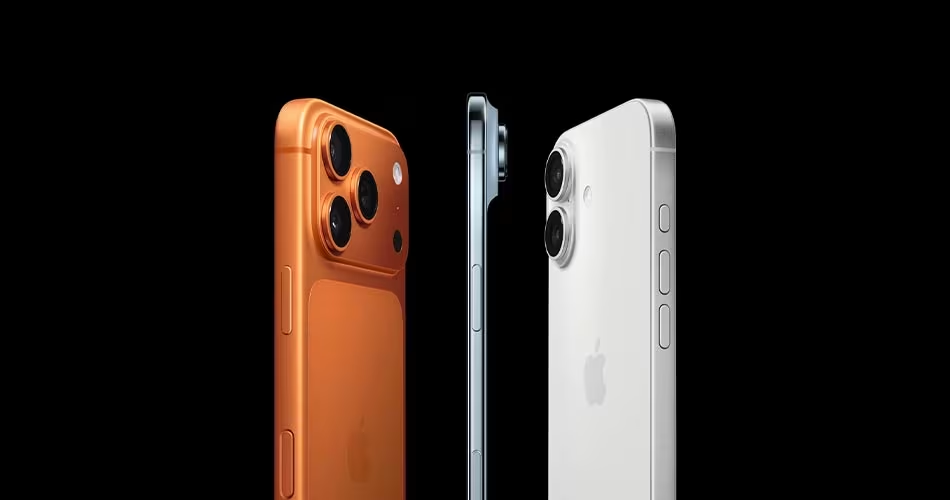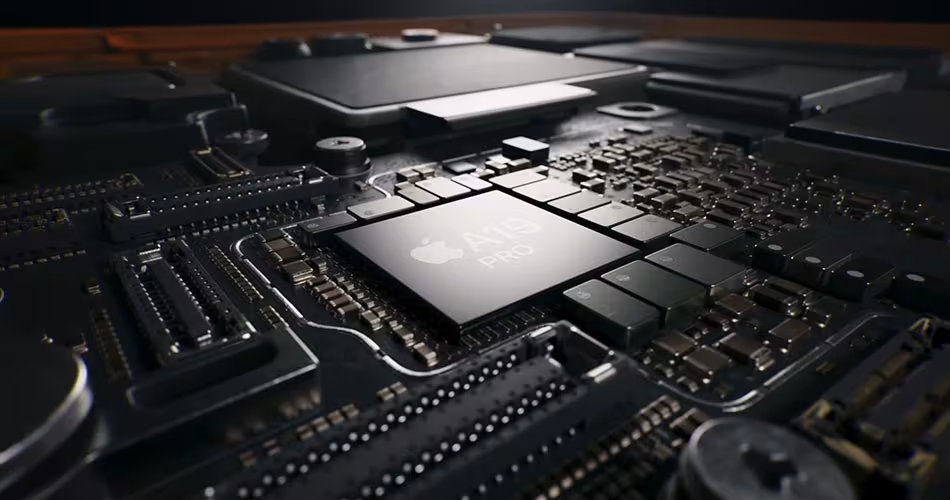The iPhone 17 may have new cameras and faster chips, but Apple’s most important addition isn’t flashy at all.It’s hidden deep inside the phone, quietly working around the clock.
Apple calls it Memory Integrity Enforcement (MIE), a security feature designed to make spyware attacks like Pegasus far harder.
The Upgrade That’s Invisible by Design
Unlike the always-on display or new titanium edges, you won’t be able to show off MIE to friends. That’s the point. Apple has quietly sealed off one of the biggest attack surfaces in modern smartphones: memory.
Think of it as a digital bouncer—your iPhone’s memory used to have side doors hackers could sneak through. Now, Apple has guards at every single one. You’ll never see them, but they’re there.
A Quiet Shift in Apple’s Priorities
By calling MIE “the most significant memory safety upgrade in consumer operating systems,” Apple isn’t just hyping, it’s signaling a shift. The company has always been serious about security and privacy, but this is different. Instead of just adding more walls around iOS, Apple is hardening the foundation itself.
Memory Integrity Enforcement works at the silicon level, making spyware like Pegasus far harder to pull off.
Why This Matters More Than a Camera Bump

Most iPhone upgrades are obvious: better photos, smoother scrolling, new design colors. MIE is different. It doesn’t make your iPhone feel faster or shinier, but it makes it dramatically harder for spyware to break in.
It’s a quiet but important reminder that while the iPhone 17 Pro flaunts that Cosmic Orange finish and the iPhone Air boasts its record-slim 5.6mm design, Apple is locking things down where it really matters.
For everyday users, this means the iPhone 17 protects your data in ways you’ll never notice, but would definitely miss if they weren’t there.






